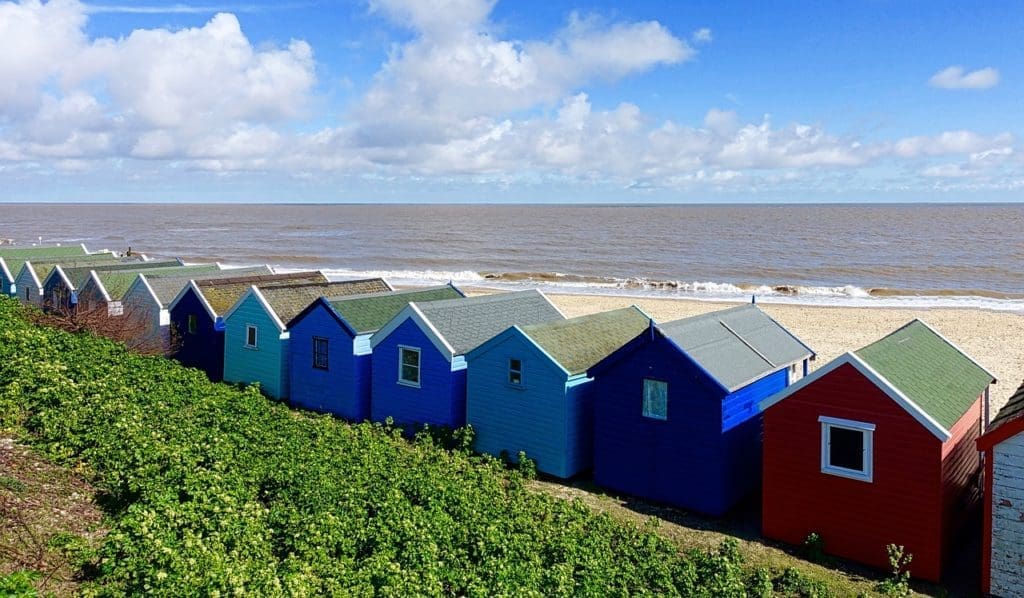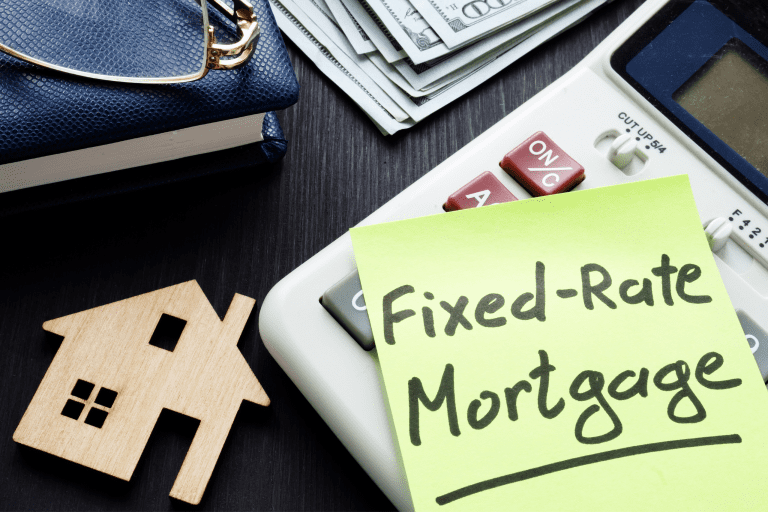
Rightmove’s House Price Index recently showed that asking prices for houses in the UK fell by more than £3,000 between August and September. That represented a house price drop of around 1.2% as a national average; however, the index showed considerable variations in house price performance between different regions. Greater London saw the biggest price drop in England at 2.9%, with areas such as Kensington and Chelsea slumping by as much as 14.3%, while the North East and Yorkshire actually saw average house prices increase from August to September.
The index paints a picture of wide disparities in local housing markets across England and Wales. In Yorkshire and the Humber, a 0.2% house price increase from August to September brought the average asking price to £180,749, representing a 3.1% increase from the same time last year. In Greater London, by contrast, the 2.9% drop to an average of £610,912 contributed to a 3.2% overall drop in prices since last year. The 14.3% drop in Kensington and Chelsea still left the average house price in the area at almost £1.85 million. As many analysts have observed, the property bubble in parts of London in recent years was never going to be sustainable in the long term, and what we are seeing in certain areas now are fairly clear indications of a price correction.
Commenting on the latest House Price Index, Miles Shipside, Rightmove director and housing market analyst, said: “As we enter the Autumn selling season it is usual to see estate agents advising new-to-the-market sellers to push up their asking prices. But this year all four southern regions have seen new sellers on average asking less than those of a month ago, reducing the national rate of increase … Estate agents are clearly advising many sellers that they have to lower their price expectations to fit in with buyers’ stretched financial resources, with that price compromise hopefully generating extra buyer interest.”
How did the East of England fare?
While the overall average house price drop of 1.2% may seem significant, it is worth bearing in mind that the headline figure is impacted by the relatively large drop in Greater London, as well as in Wales, which saw house prices fall 3.3% from August to September. If London house prices are taken out of the equation, the national average price drop from August to September would have been just 0.5%.
House prices in the East of England certainly seem to have shown more resilience in the face of broader economic pressures than in some other areas; asking prices dropped by just 0.2% from August to September, from £348,977 to £348,343. Looking at the annual figures, the average house price in the East of England has actually increased 3.3% from last September’s figure of £337,252.
Overall, despite economic uncertainties associated with Brexit and the wider economy, it seems unlikely that property prices in the East of England are due to tumble any time soon. Separate house price data released by the Halifax this month shows that prices in the East of England have risen faster than in any other part of the country outside of London, while new data from Zoopla shows that the East of England has also seen the best performance outside London for growth in house price per square foot, at 38%.
Within the region, Rightmove figures show that Hertfordshire currently has the highest average house price in the East of England at £450,280, while Norfolk is the least expensive at £241,828. In terms of property types, most property sales in the East of England last year involved detached properties, which sold for an average of £446,262. This compared with semi-detached properties which averaged at £316,033, and terraced properties which fetched an average of £277,498.
- Blog



